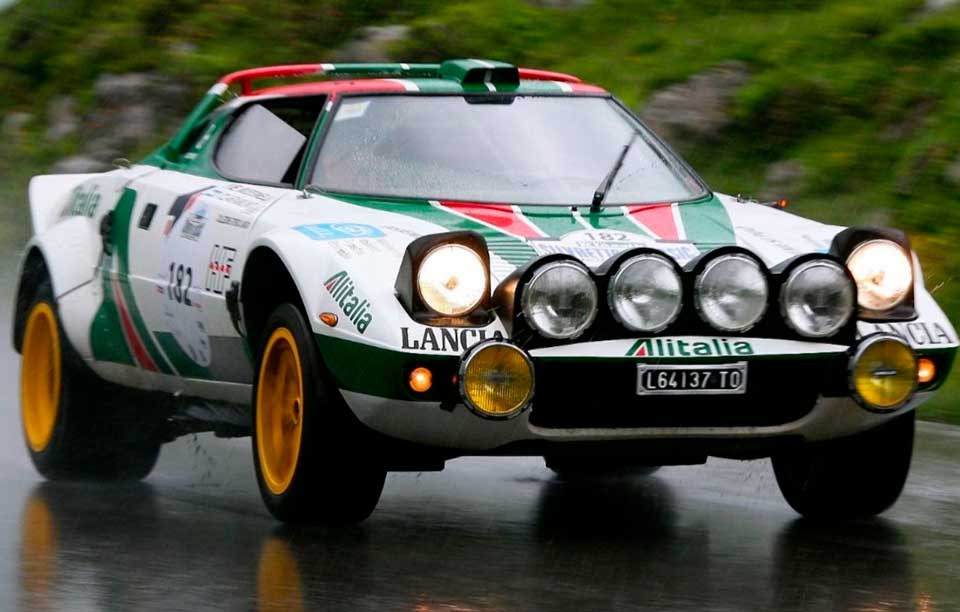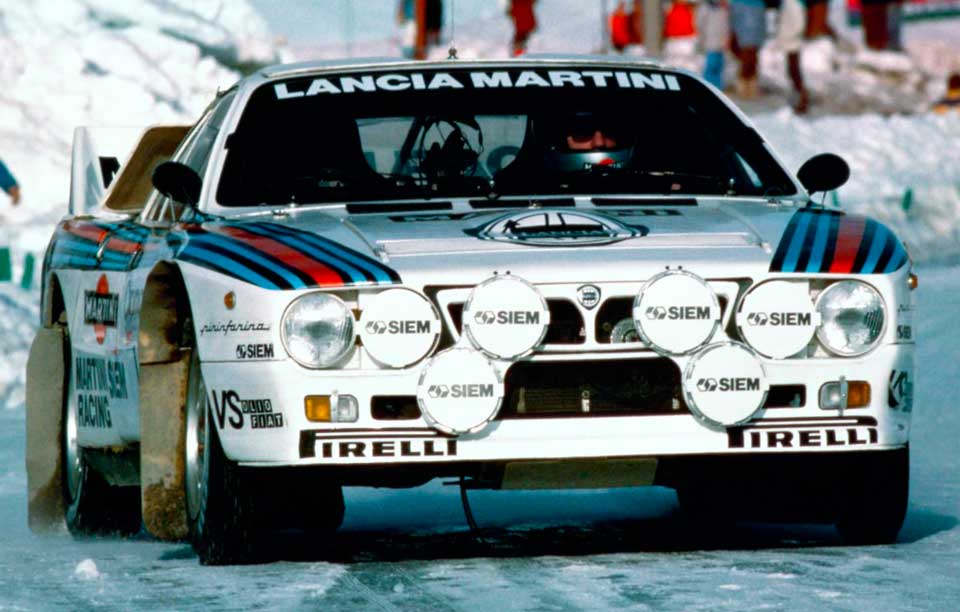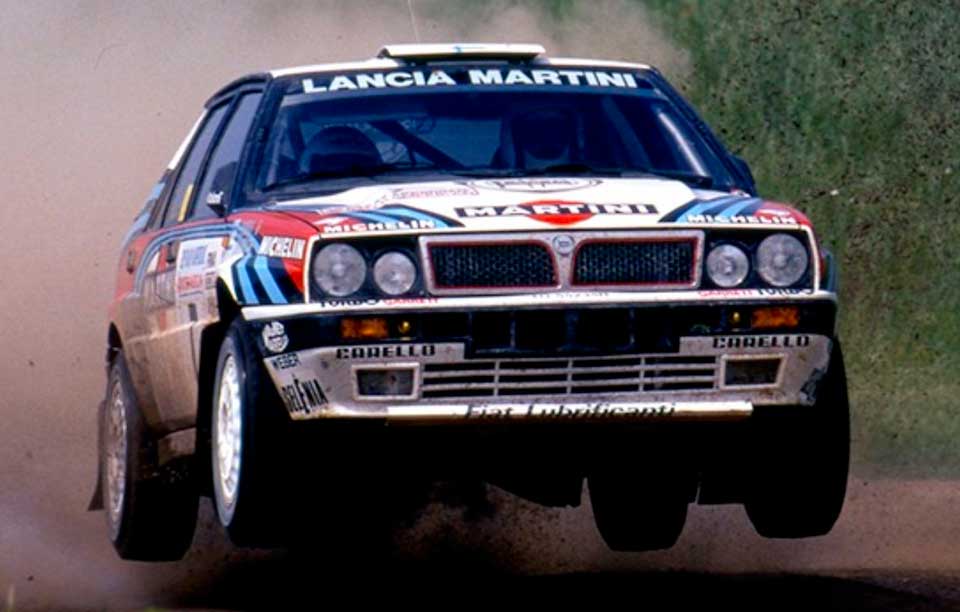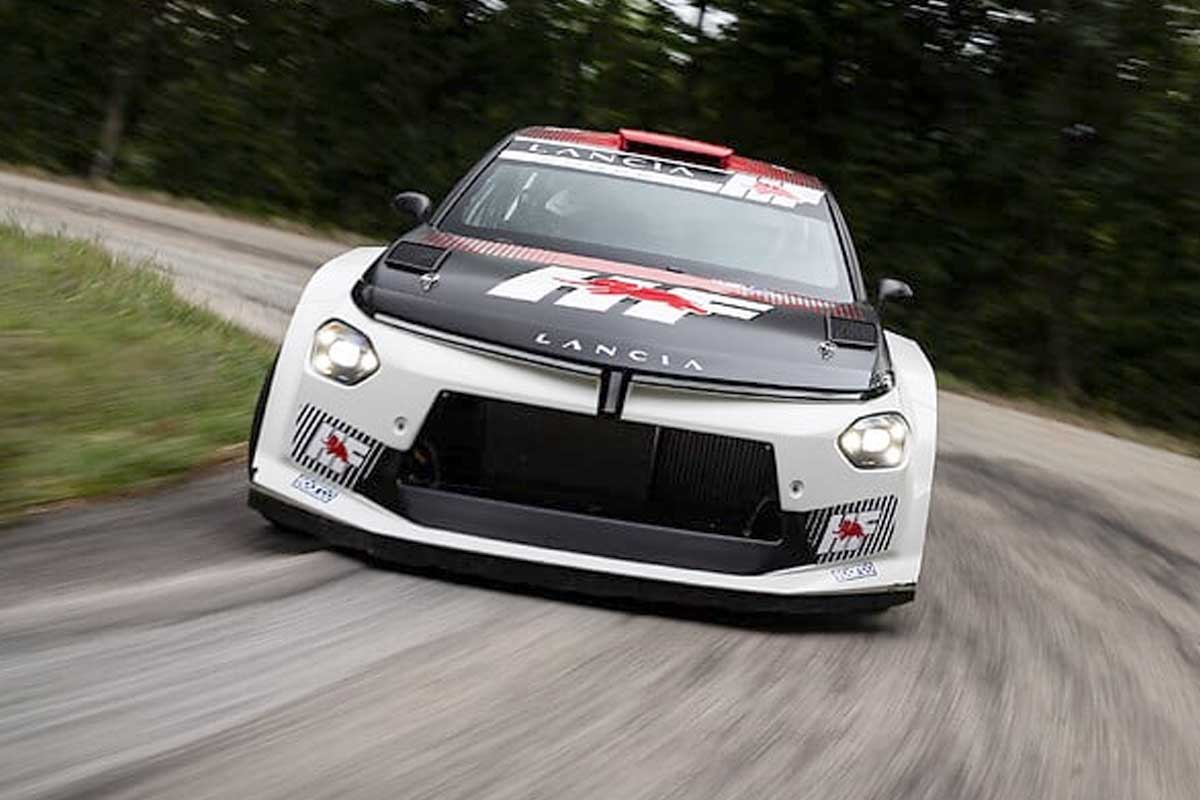
Lancia is one of those manufacturers whose name resounds like a legend in the world of rallying. While the brand is preparing its official return to WRC2 in 2026 With the new Ypsilon HF Integrale Rally2, Lancia is rekindling a flame that fans have been waiting for for over thirty years. A perfect opportunity to delve into the glorious history of the machines that built Lancia's aura, and which continue to nourish the collective imagination to this day.

The Fulvia HF, the start of a dynasty

In the mid-1960s, Lancia emerged from a long period of absence from major motor sports. The purchase of the HF Squadra Corse marked a turning point. In 1965, the brand made its rally debut with the Fulvia Coupé, quickly transformed into the Fulvia HF: lighter, sharper, more agile. It wasn't the most powerful car of its day, but its weight-to-agility ratio made it a formidable weapon, particularly on narrow, winding roads. Sandro Munari took it to the top with several national titles and, above all, victory in the 1972 Championnat International des Marques, the forerunner of the future WRC. The Lancia legend begins here.
The Stratos HF, the first true modern rally car

With the Stratos HF, unveiled in competition in 1973 and a winner in 1974, Lancia completely changed the rules. It was no longer a production car adapted for competition: it was a pure road-approved prototype, designed from the outset for rallying. Its futuristic Gandini silhouette, mid-mounted Ferrari Dino V6 engine and tubular chassis transformed the discipline. Between 1974 and 1976, it won three consecutive manufacturers' titles and became the absolute icon of the WRC's rise to prominence. Driven by Sandro Munari, Björn Waldegård and Jean-Claude Andruet, it marked a technological breakthrough that would influence the entire following generation.
La 037, the last song of propulsion

In the early 1980s, Audi launched the four-wheel drive revolution with the Quattro. Lancia could have followed the trend, but opted for rear-wheel drive one last time with the 037, designed with Abarth for the beginnings of Group B. A brutal, lightweight car built around a tubular chassis and a compressed Lampredi engine. After a difficult first season, the 037 found its rhythm in 1983. Under the expert hands of Walter Röhrl and Markku Alén, it clinched an incredible constructors' title, becoming the last two-wheel-drive car in history to beat four-wheel-drive in the world championship. A unique feat that has never been equalled.
The Delta S4, the excessive apogee of Group B

To take on Audi and Peugeot, Lancia is preparing an extreme machine: the Delta S4. Beneath the bodywork, vaguely reminiscent of a production Delta, lies a complete prototype. Tubular chassis, mid-mounted engine, four-wheel drive and, above all, mind-boggling technology: a twincharged engine combining turbo and compressor. Capable of reaching 1,000 hp on the bench, even if reduced to around 480 hp in rally configuration, the S4 is an explosion of power and violence. On its first appearance in 1985, it scored a resounding one-two finish on the RAC Rally. Unfortunately, 1986 marked the end of Group B after several serious accidents. Despite its potential, the S4 was never able to demonstrate all it had to offer. It will always be remembered as the craziest machine Lancia ever designed.
The Delta HF Integrale, the undisputed queen of the WRC

When Groupe B disappeared, Lancia returned to a more series-oriented approach. The Delta HF 4WD ushered in a new era in 1987. Its success exceeded all expectations: the car won its first rally and went on to enjoy uninterrupted dominance season after season. With each successive evolution - Integrale 8V, Integrale 16V, then Integrale Evo - the Delta became the most successful car of all time. Six consecutive manufacturers' titles, several drivers' titles with Miki Biasion and Juha Kankkunen, and a total of 46 WRC victories. No other car has ever managed to reproduce such hegemony. The Delta HF Integrale is not just an icon: it's a monument to motorsport.
More than 30 years later

More than thirty years after its last official participation in 1992, Lancia is finally preparing its return to competition with a program structured around the Ypsilon HF Integrale Rally2. It will compete in WRC2 from 2026, backed by a genuine factory commitment.
